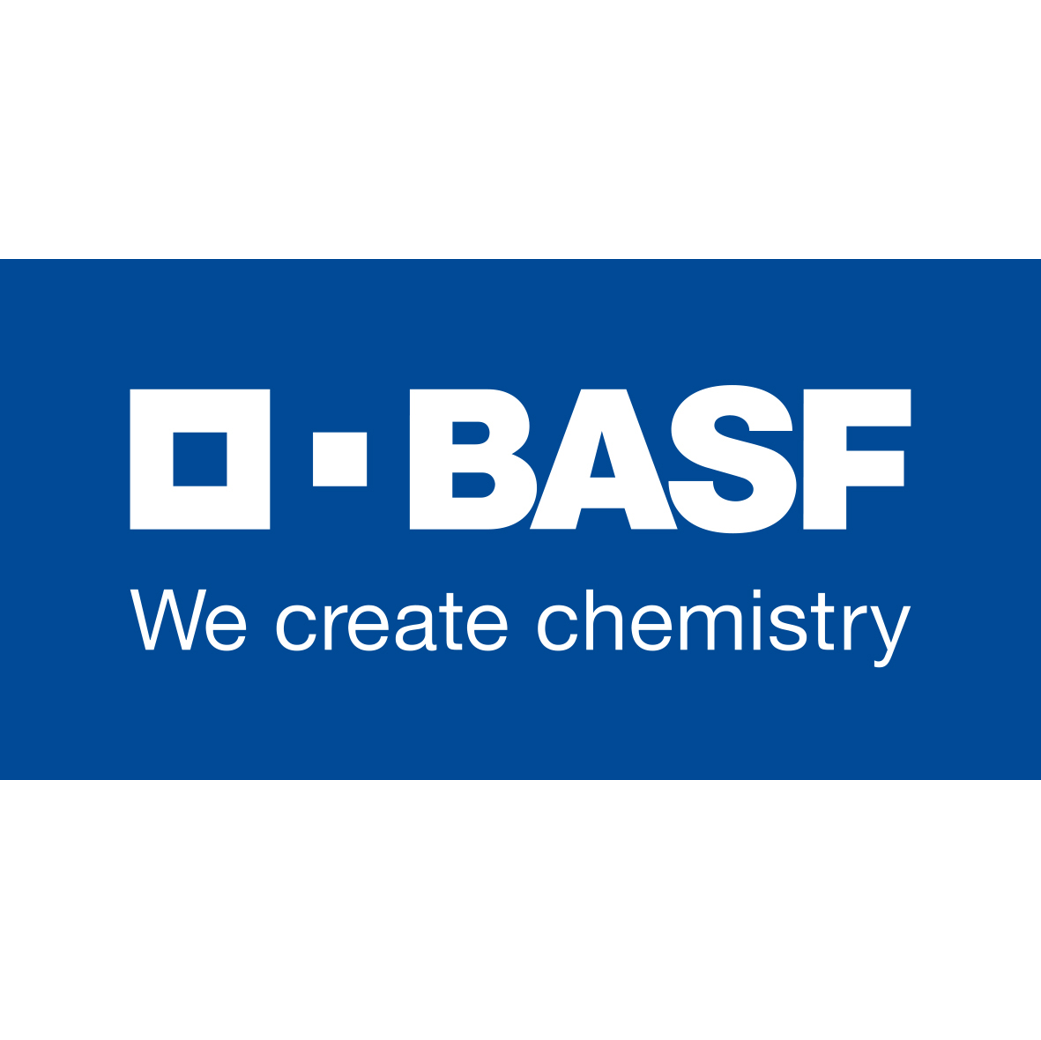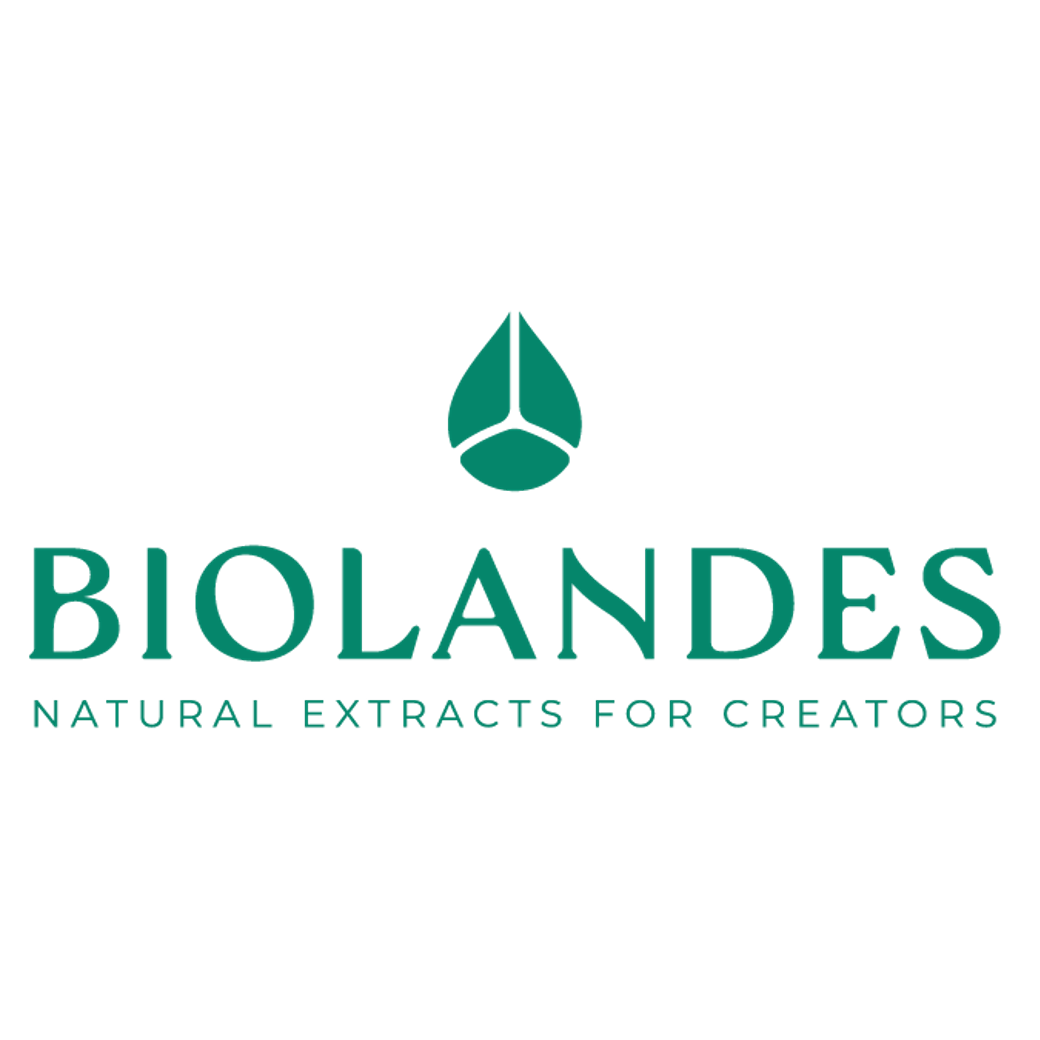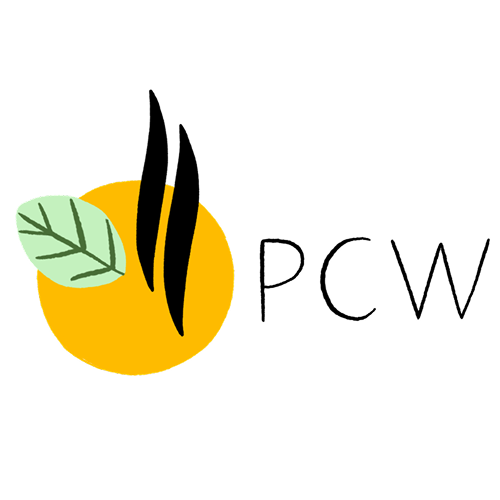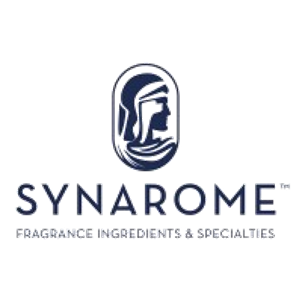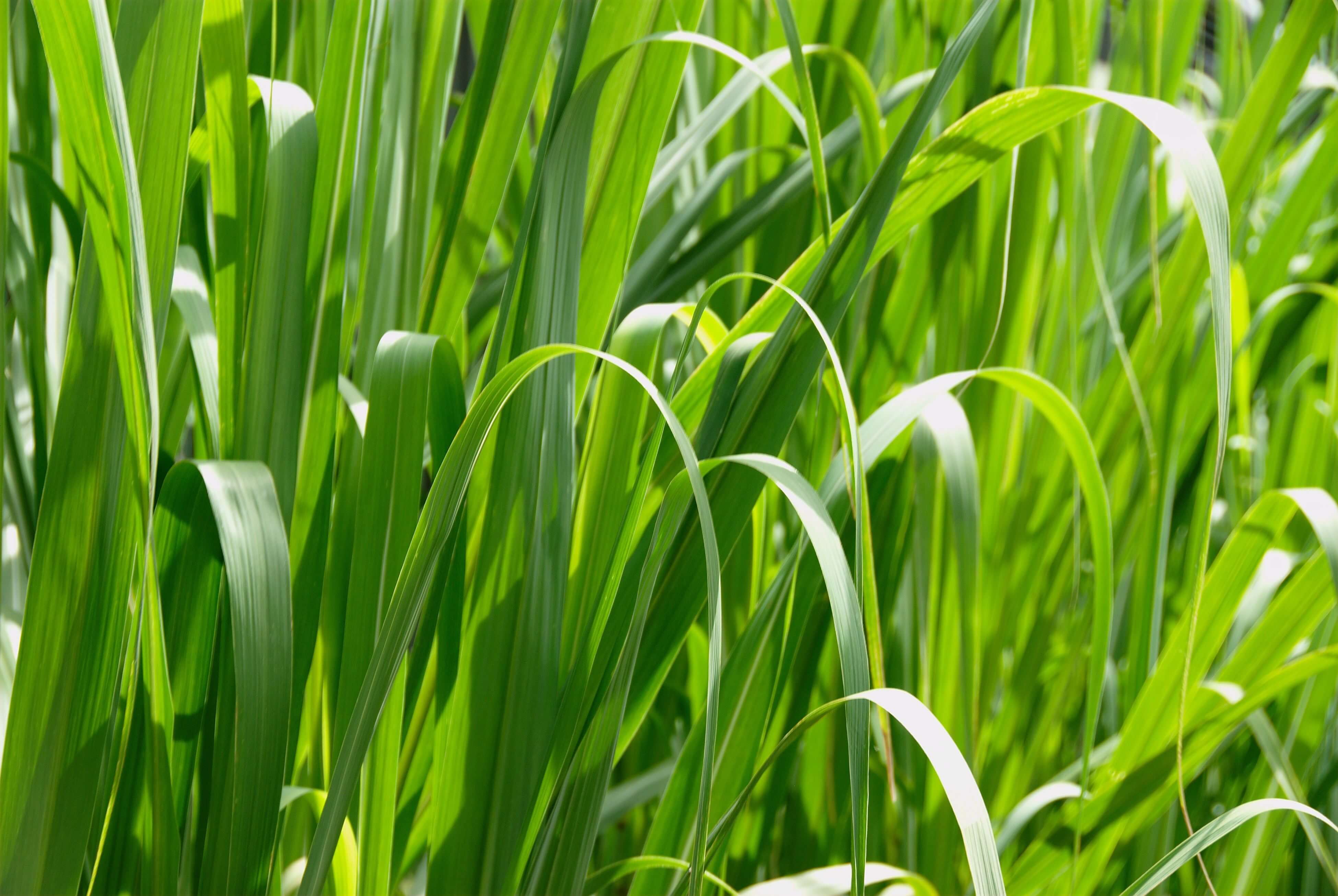
| Company | Ingredient Name | ID | Comments | Naturality | Certifications | MOQ | Latin name | Treated part | Geographical origin |
|---|---|---|---|---|---|---|---|---|---|
|
|
Huile essentielle de Palmarosa - 30 gr | - |
Visit website
|
- | - | - | - | - | |
|
|
Palmarosa oil | CM-001 |
Visit website
|
Natural |



|
100 Kgs | Cymbopogon martinii | Leaves | Indonesia |
|
|
PALMAROSA Folded Essential Oil | M_0060092 |
Visit website
|
Naturel | - | - | - | - | |
|
|
PALMAROSA EO | 4410000031 |
Visit website
|
Naturel | - | Cymbopogon martinii Stapf var. sofia. | Areal parts | India | |
|
|
PALMAROSA | N710F |
Visit website
|
Huile essentielle |

|
- | Cymbopogon martinii (Roxb.) Will. Watson var. motia | Partie aérienne | Madagascar |
|
|
PALMAROSA | B710F |
Visit website
|
Huile essentielle |

|
- | Cymbopogon martinii (Roxb.) Will. Watson var. motia | Partie aérienne | Madagascar |
|
|
PALMAROSA | N1888 |
Visit website
|
Huile essentielle |

|
- | Cymbopogon martinii (Roxb.) Will. Watson var. motia | Feuille | Madagascar |
|
|
PALMAROSA | A0970 |
Visit website
|
Huile essentielle | - | Cymbopogon martinii (Roxb.) Will. Watson var. motia | Feuille | Inde | |
|
|
PALMAROSA | B711 |
Visit website
|
Huile essentielle |

|
- | Cymbopogon martinii (Roxb.) Will. Watson var. motia | Partie aérienne | Inde |
|
|
PALMAROSA OIL INDE | - |
Visit website
|
- | 10 grs | - | - | - |
General Presentation
-
CAS N° :
8014-19-5 // 84649-81-0 -
EINECS number :
283-461-2 -
FEMA number :
Donnée indisponible.
-
Volatility :
Heart -
Price Range :
€€
Physico-chemical properties
-
Appearance :
Liquide jaune à jaune pâle -
Density :
0,880 - 0,894 @20°C -
Refractive Index @20°C :
1.471 - 1.478 @20°C -
Optical rotation :
−1,4° // +3° -
Vapor pressure :
Data not available. -
Flash Point :
Data not available. -
Acid Value :
Max. 1
Botanical informations
Botanical name :
Cymbopogon martini (Roxb.) W.Watson
Synonyms : Andropogon martini Robx. // Andropogon calamus-aromaticus Royle
Botanical profile :
Palmarosa is a herbaceous plant belonging to the Poaceae family and the genus Cymbopogon Spreng.
Chemotypes :
The genus Cymbopogon Spreng (the latin name is coming from the Greek kymbe, meaning boat, and pogon, meaning beard) includes nearly 75 species. Below is a list of the species used in perfumery.
Citronellas:
- Cymbopogon nardus (L.) Rendle - Citronella Ceylan EO, mainly found in Sri Lanka
- Cymbopogon winterianus Jowitt - Citronella Java EO, mainly found in Indonesia
- Cymbopogon pendulus (Nees ex Steud.) W.Watson - Citronella Jammu EO, mainly found in India
Lemongrass:
- Cymbopogon citratus (DC.) Stapf - West Indian lemongrass EO
- Cymbopogon flexuosus (Nees ex Steud.) W. Watson - East Indian lemongrass EO
Palmarosa:
- Cymbopogon martini (Roxb.) J.F. Wats. - Palmarosa EO, mainly found in India, Indonesia, and Brazil. Its scent is more rosy than the other species, notably due to its high concentration of geraniol.
Extractions & Uses
Extraction process :
Palmarosa is an herb with long flat leaves that can reach up to three meters high and contains the essential oil of the plant. The propagation of a crop is made by a regular sowing of the seeds. The cultivation of the plant must be done on a very well drained soil.
The harvest begins just after flowering, after a few months of cultivation. Native tribes take care of the harvest from March to November. After the harvest, the leaves are dried in the sun for a week to improve the extraction yield: drying them allows to concentrate the volatile molecules, without degrading or modifying the smell of the plant. The extraction is done by steam distillation, under high pressure of water and the essential oil is collected by decantation, in the receptacle at the outlet of the refrigerant.
The yield of the extraction of the plant varies between 0.5 and 1.2%.
The essential oil of palmarosa is often used for the extraction of natural geraniol.
Uses in perfumery :
It is an economical alternative to rose and Geranium EO. Also give a interesting green facets
Stability :
The terpenes identified in this raw material can polymerize when they are oxidized
The esters identified in this raw material can form their corresponding acid in stability tests
Major Components :
- Geraniol (74 - 94%)
- Geranyl acetate (5 - 20%)
- Geranyl formate (5 - 15%)
- Linalool (2 - 4%)
- Nerol (≈1%)
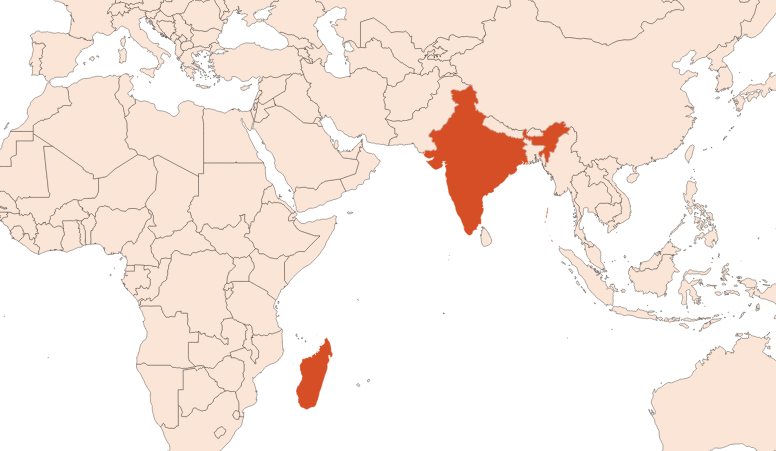
Photo credits: ScenTree SAS
Other comments :
India is the largest palmarosa farmer, particularly in the southern Himalayan regions and at the Afghan border.
Palmarosa essential oil is widely used for the purpose of extracting natural Geraniol. Its level of Geraniol depends on the quality of the phosphate removal of the Geranyl Phosphate present in the plant and the rate of conversion of Geraniol to Geranyl Acetate and Geranial during the processes that take place.
Besides its citral and green smell, the palmarosa gets its name from its particular pinkish smell.
IFRA
IFRA 51th :
This ingredient is restricted by the 51th amendment





